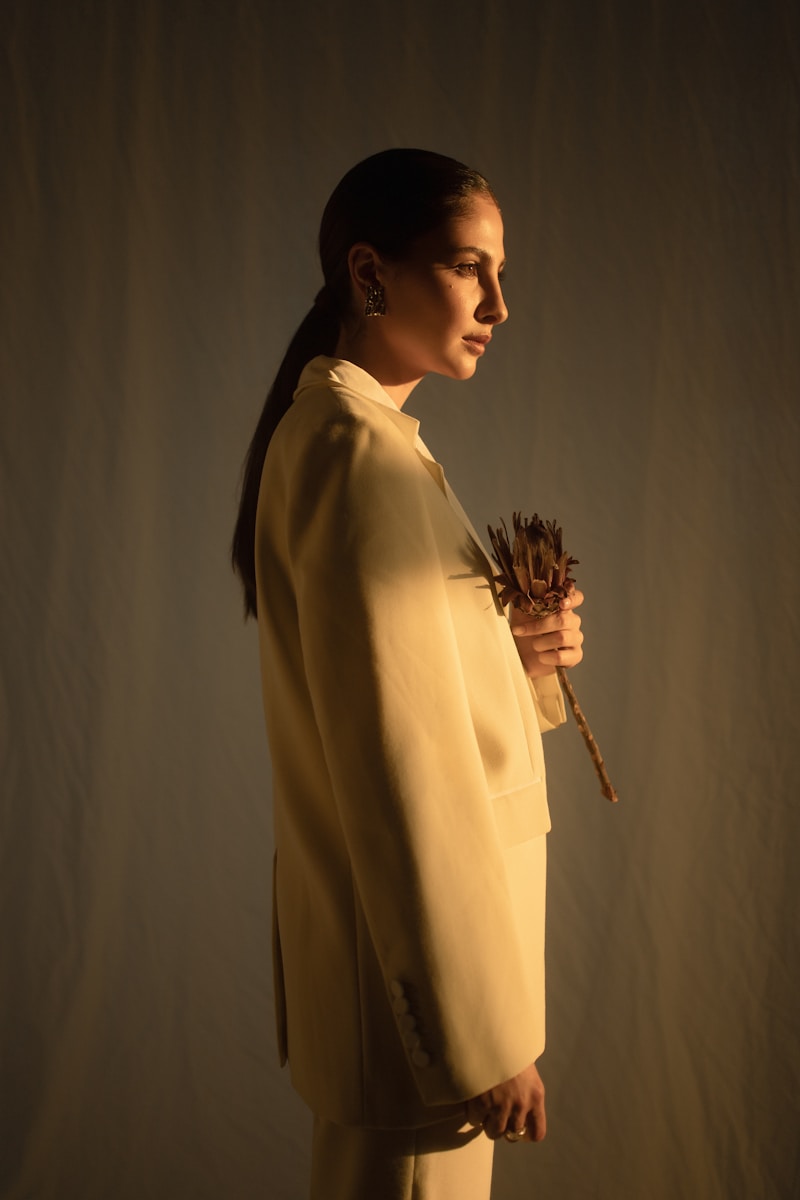Fashion Statements and Cultural Movements in Ceremonies: A Deep Dive
Fashion Statements and Cultural Movements in Ceremonies: A Deep Dive
Fashion is an ever-evolving reflection of cultural dynamics, particularly in ceremonies that hold significant importance within communities. This article explores the intricate relationship between fashion statements and cultural movements evident in various ceremonies around the world, while also addressing common queries related to this topic.
The Relationship Between Fashion and Cultural Movements
Fashion serves as a powerful medium for expressing identity, beliefs, and social values. In many cultures, ceremonies, whether they are weddings, graduations, or religious events, provide a unique opportunity for individuals to showcase their personal style while paying homage to tradition. The interplay between fashion statements and cultural movements can be observed across diverse settings.
Case Studies: Fashion in Ceremonies Around the World
A closer look at various cultural ceremonies reveals how fashion is utilized to communicate values and signify social changes.
| Ceremony | Fashion Influence | Cultural Movement |
| Traditional Weddings | Bridal gowns with cultural motifs | Embrace of ethnic identity |
| Graduation Ceremonies | Caps and gowns symbolizing achievement | Emphasis on education |
| Religious Festivals | Colorful attire representing cultural heritage | Preservation of traditions |
| Fashion Week Events | Avant-garde designs showcasing innovation | Challenging societal norms |
This table summarizes notable ceremonies and their corresponding influences, depicting how fashion is interwoven with social movements.

Fashion Statements in Specific Ceremonies
Different ceremonies utilize fashion uniquely to convey messages of unity, celebration, or even protest. Some noteworthy examples include:
1. Weddings: A Melting Pot of Cultures
Weddings are a prime example of how fashion statements can reflect cultural movements. In many cultures, the bride’s dress is more than just a style choice; it embodies the history, values, and aspirations of her community. For instance, in Indian weddings, the vibrant lehenga and intricate jewelry often symbolize wealth and tradition, while Western wedding dresses tend to emphasize purity and simplicity.
2. Graduation Ceremonies: A Celebration of Knowledge
Graduation ceremonies are universally recognized events where students don caps and gowns to celebrate their academic achievements. The standardized attire not only signifies the completion of a significant stage in education but also serves as a fashion statement of solidarity among graduates. In recent years, various movements have encouraged a departure from traditional monochrome gowns, advocating for more personalized, colorful attire to represent individuality.
3. Religious Festivals: A Showcase of Identity
Religious festivals are another arena where fashion plays a crucial role. For example, during the Hindu festival of Diwali, participants wear colorful and ornate outfits that reflect the joy and significance of the occasion. This practice not only elevates the festival’s festive spirit but also reinforces cultural identity and heritage.
The Impact of Globalization on Fashion in Ceremonies
Globalization has brought about significant changes in how ceremonies are observed and how fashion within them is expressed. As cultures blend, traditional garments may incorporate modern trends, leading to new fashion statements that resonate with younger generations. For example, traditional African attire may be mixed with contemporary styles to create unique outfits for events such as Kwanzaa celebrations.
However, this blending raises questions about cultural appropriation and authenticity. It is essential to navigate these discussions with sensitivity and respect for the origins of specific fashion elements.
Challenges Faced
While fashion serves as a reflection of cultural movements, it also presents challenges, particularly in promoting inclusivity within ceremonies. The pressure to conform to specific styles can overshadow individuality, leading some individuals to feel excluded. Advocates have called for a more inclusive approach that celebrates diverse forms of expression in ceremonial fashion.
Common Questions and Related Concepts
As we delve deeper into the interplay of fashion and cultural movements in ceremonies, several questions often arise:
- How does fashion influence social change?
- What role does sustainability play in ceremonial fashion?
- Can fashion serve as a form of protest in ceremonial settings?
Addressing these queries can provide further insight into the significance of fashion statements in a cultural context.
Conclusion and Recommendations
In summary, fashion statements and cultural movements in ceremonies are interlinked phenomena that reflect the values, identities,
